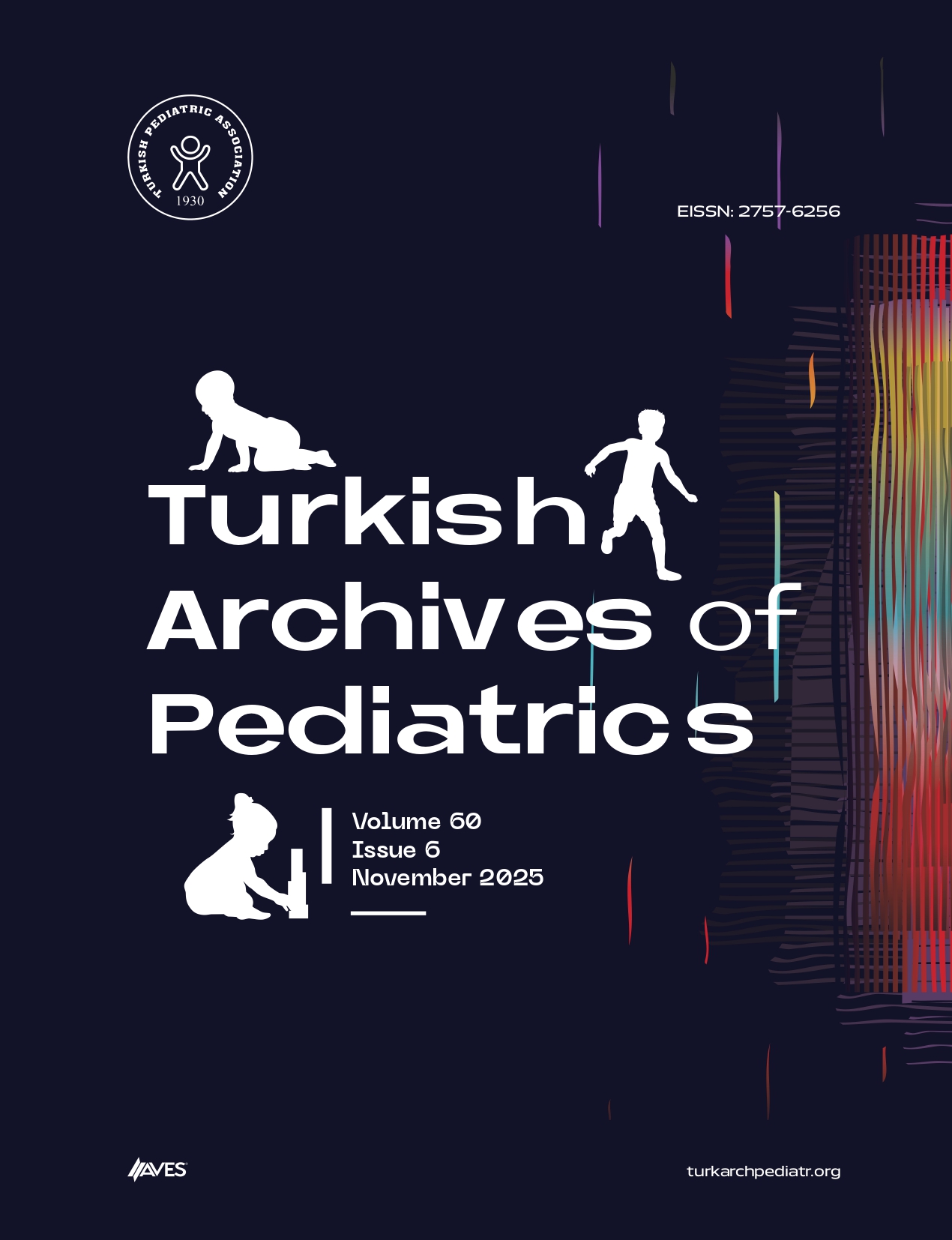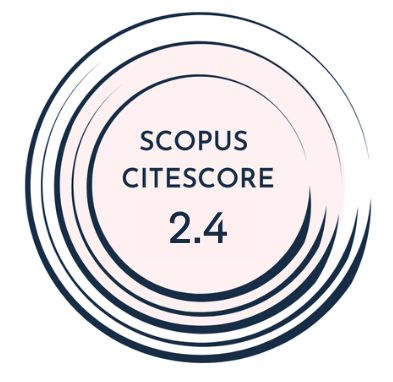Objective: This study aimed to determine the changes in proinflammatory and anti-inflam- matory markers in children aged 10-18, who were not diagnosed with type 2 diabetes mel- litus, were obese/overweight, and children with type 2 diabetes mellitus. In addition, we aimed to investigate whether these markers were associated with clinical and laboratory parame- ters, subcutaneous adipose tissue, preperitoneal adipose tissue, visceral adipose tissue, and hepatosteatosis.
Materials and Methods: Children between the ages of 10 and 18, obese/overweight, with type 2 diabetes mellitus, and with a normal body mass index were included. Fat tissue thick- ness was measured. Tumor necrosis factor-α, interleukin-1β, interleukin-6, interleukin-18, and interferon-γ as proinflammatory markers and transforming growth factor-β and interleukin-10 levels as anti-inflammatory markers were studied.
Results: Twenty-eight (31.8%) controls, 44 (50%) obese/overweight, and 16 (18.2%) patients with type 2 diabetes mellitus were included in our study. Age, sex, and puberty were similar between the groups. In the type 2 diabetes mellitus group, the subcutaneous fat tissue thick- ness was higher than that in the obese group, and the preperitoneal and visceral fat tissue thicknesses were similar to those in the obese group. Proinflammatory markers and interleu- kin-10 levels were similar in the obese/overweight, type 2 diabetes mellitus, and control groups. Transforming growth factor-β levels were significantly lower in the type 2 diabetes mellitus group than in the control group (P = .039). Transforming growth factor-β levels and other labo- ratory variables did not differ significantly in the type 2 diabetes mellitus group.
Conclusion: While there was no change in all markers in the obese/overweight group com- pared with the control group, proinflammatory markers in the type 2 diabetes mellitus group were similar to those in the obese/overweight and control groups, and transforming growth factor-β level, an anti-inflammatory marker, was lower in the type 2 diabetes mellitus group than in the control group.
Cite this article as: Akalın Ertürk B, Gülbahar Ö, Kaynak Şahap S, Deveci Bulut TS, Çetinkaya S, Savaş Erdeve Ş. The level of inflammatory markers and their relationship with fat tissue distribution in children with obesity and type 2 diabetes mellitus. Turk Arch Pediatr. 2023;58(5):485-493.



.png)

